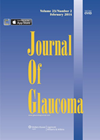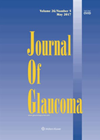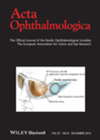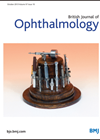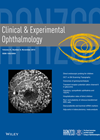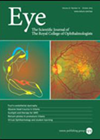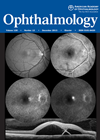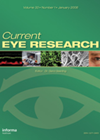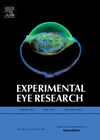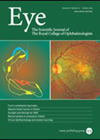
Journal Reviews
RAPD in glaucoma screening
A study was conducted to investigate the relative afferent pupillary defect (RAPD) by swinging flashlight as a potentially useful screening test for glaucomatous optic neuropathy. The authors recruited 107 subjects with or without glaucoma from a clinic population. A medical...
Macular thickness and visual fields
The authors describe a comparison of spectral domain OCT with Humphrey visual fields (HVF) mean deviation (MD) and pattern standard deviation (PSD), examining the retinal thickness of the macula and circumpapillary retinal nerve fibre layer (RNFL) defects. Seventy-three subjects who...
Arterial stiffness and PEX
The authors describe a study of 25 newly diagnosed patients with pseudoexfoliation glaucoma (PEX) and 25 controls to evaluate carotid femoral pulse wave velocity (CF-PWV) values. The CF-PWV was assessed using a noninvasive device by measuring the pulse transmit time...
High myopes with POAG and IOP fluctuations
The authors describe a prospective study of 80 eyes of Chinese patients with primary open-angle glaucoma (POAG) on prostaglandin analogues to investigate if those who also have high myopia exhibit greater short-term intraocular pressure (IOP) fluctuations at resting conditions over...
Visual impairment in patients with glaucoma
This retrospective observational study assessed the prevalence of end-of-life visual impairment in patients with glaucoma. A total of 122 deceased patients followed for glaucoma were included and data was collected from patient notes. Sixty-one patients had open-angle glaucoma and 61...
Morning glory syndrome associated with PHPV
This is a retrospective review of the medical records of 85 eyes / 74 patients diagnosed as morning glory syndrome (MGS) in the clinic between November 2009 and November 2012. Twenty two eyes of 19 patients diagnosed as having MGS...
Mitomycin C versus 5-FU as an adjunctive treatment for trabeculectomy
Antifibrotic agents are used during trabeculectomy (TRAB) to improve long-term surgical success by reducing fibrosis of subconjunctival and episcleral tissue. The purpose of this meta-analysis was to directly compare the efficacy and safety of the two most frequently used antifibrotic...
Chronic drop use and trabeculectomy on tear osmolarity
Ocular surface disease (OSD) is common in patients chronically treated for glaucoma. This may be related to the drug itself but often to the preservatives in the medication. Much work has been done on the most common preservative, benzalkonium chloride...
Modern trabeculectomy outcomes
This audit was conducted by the Trabeculectomy Outcomes Group Audit Study Group to report on the efficacy and safety of current trabeculectomy surgery in the UK. This is relevant in light of the fact that the trabeculectomy outcomes presented by...
Association between serum triglycerides and pan retinal photocoagulation in type 1 diabetes
This retrospective cohort study aimed to examine whether dyslipidaemia is a risk factor for progressing to proliferative diabetic retinopathy (PDR) and consequently requiring pan retinal photocoagulation (PRP) treatment in type 1 diabetics. In previous studies including the ETDRS study an...
Nanoparticle administration of latanoprost
Glaucoma is a progressive optic neuropathy characterised by increased ocular pressure and loss of retinal ganglion cells. Conventional drug therapy with eye drops to reduce intraocular pressure (IOP) has variable bioavailability and can lead to ocular surface disease. In this...
Disc margin delineation using spectral domain OCT
Observing progressive anatomical changes of the optic nerve head is essential in the detection of progression in glaucoma. Imaging devices continue to evolve and are useful in detecting change in established glaucoma, although probably less useful in an initial diagnosis....

